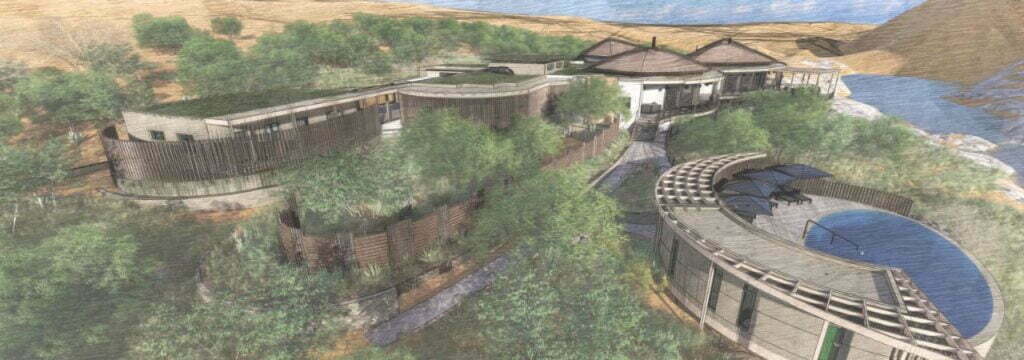Customer Success Story: Insights to Successful BIM Management and Project Collaboration.
Luxury Frontiers is an international architecture & design firm with offices in Johannesburg and San Francisco, specialising in high-end, light-on-earth hospitality builds across the globe. Established in 2011 by Graeme Labe, the firm’s rapid growth from a small South African firm into a market leader on the international stage stems from a passion for sustainable design and the desire to enrich people’s lives through experiential travel.
Luxury Frontiers brings a wealth of knowledge and experience to any project through its diverse team and partners located all around the globe.
“The leadership team has collectively planned and developed luxury resorts and tented projects for more than 100 years, providing a unique global perspective and a deep knowledge of upmarket resort development, design, marketing, and management.” – Graeme Labe, Principal & Managing Director of Luxury Frontiers.
Today, Luxury Frontiers continues to set the benchmark of quality and innovation in hospitality design, as evident in their recent projects including the world-renowned Camp Sarika by Amangiri in Utah, United States and Babanango Travellers Camp opening this year in KwaZulu Natal, South Africa.
Project Focus: Camp Sarika by Amangiri and Babanango Travellers Camp:
Set in picturesque wilderness backdrops, from the Utah desert to the lush green plains of Kwa-Zulu Natal, the two Luxury Frontiers projects showcased in this article epitomise their unrivalled prowess in immersive hospitality design.
In 2018, the team at Luxury Frontiers kicked off Camp Sarika by Amangiri, which took 3-years to complete, while their work for Babanango Travellers Camp started in 2019 and is slated for completion in 2022.
Project Challenges:
With offices in South Africa and the United States, the team at Luxury Frontiers previously faced challenges associated with collaborating between geographically dispersed teams. In addition, Luxury Frontiers clients and consultants are based all over the world, ranging from Architects and Interior Designers to local engineering teams.
“Tracking and managing project processes through Autodesk BIM Collaborate Pro bridged the gap between dispersed teams, allowing for smoother and more effective collaboration, which saved time for all involved.” – Graeme Labe.
Project Goals:
For both projects, Luxury Frontiers’ primary goals were to reduce redundancies, reworks, and streamline collaboration between teams to ensure deliverables were executed on time and with ease.
To achieve this, Luxury Frontiers harnessed the combined powers of Autodesk’s solutions for the built environment namely; Autodesk Revit, BIM Collaborate Pro, and 3DS Max. From design to visualisation and collaboration, these tools have been pivotal in successfully managing these two intensive projects seamlessly.
Graeme Labe shares, “by working with BIM Collaboration Pro, supplied by our Autodesk Gold Partner in South Africa, Baker Baynes, we were able to reduce redundancies and reworks by streamlining collaboration between the team. The efficiency afforded by the technology allowed our team to spend less time on current projects and take on additional projects, which had an overall positive effect on our bottom line.”
Seamless Project Management and Collaboration are here
In conclusion, Luxury Frontiers’ success in delivering these two projects was significantly impacted by the support received from Baker Baynes.
“Through software training and technical support on BIM Collaborate Pro allowed us to grow our business by driving efficiencies in our project workflow. Now, collaborating on projects with teams around the world is no longer a hassle but a positive experience. We can’t imagine a world without these products, and now they are an integral part of our workflow.” Graeme Labe, Luxury Frontiers.
Baker Baynes is proud to partner with such a prestigious, global architecture & design entity like Luxury Frontiers and will continue to advise them on leading trends to continue their trajectory of digital transformation.







0 Comments